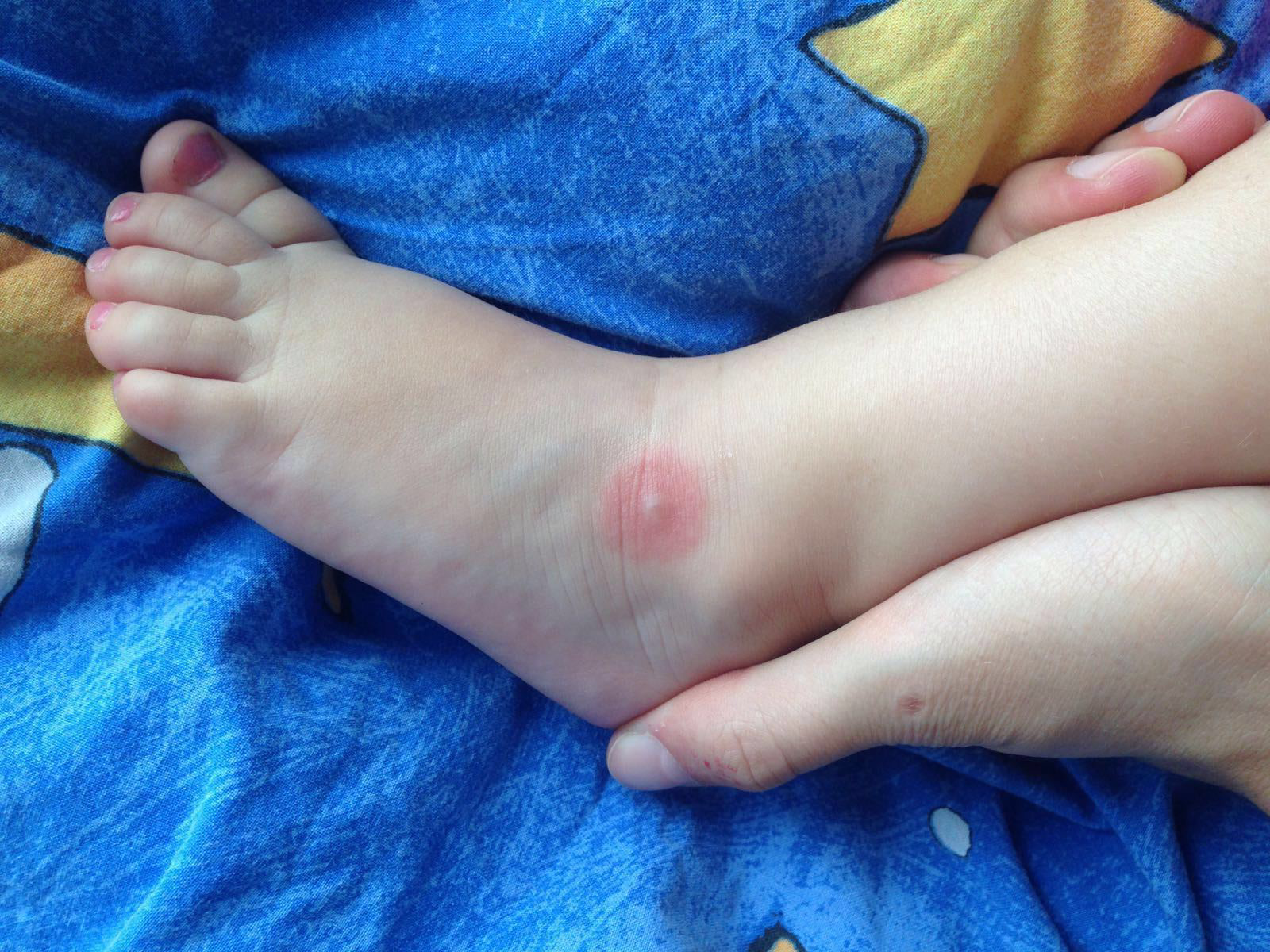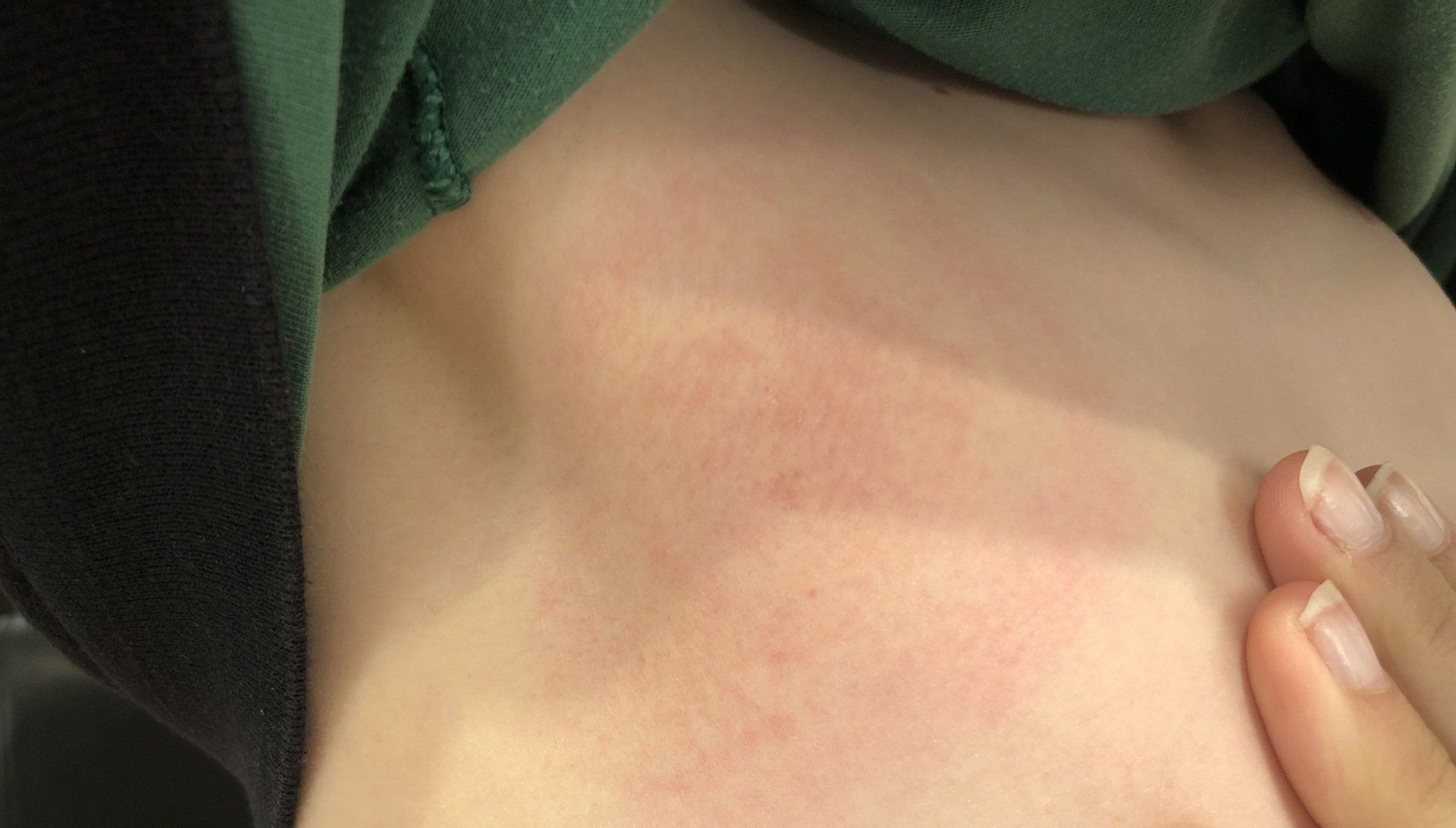SERVICES | DIAGNOSTICS
Performance overview
01
Extended health examination
Stay healthy - Get healthy - Be healthy
During the extended preventive examination, I take ample time for you! In consultation with my patients, additional laboratory parameters are included, such as vitamin D, B12, folic acid, iodine, zinc, selenium, ferritin, lymphocyte subpopulations, omega-3 index, female/male hormone status, flora status of the intestinal microbiome, infection status (EBV, herpes, VZV, parasites, etc.), blood type, and a hemocult stool sample. If medical history indicates a potential HPU screening (hemopyrrollactam HPL - via the GANZIMMUN laboratory) or a methylenetetrahydrofolate reductase (MTHFR) mutation can be investigated.
Furthermore, an ECG, HRV (heart rate variability) measurement, pulse diagnostics (according to TCM), dark-field capillary blood measurement, and other specialized examinations may be added to the physical status assessment. A holistic medical history also includes the status of your teeth and jaw, an examination of your oral flora if periodontal disease is suspected, and testing for potentially incompatible dental materials and foreign metals such as amalgam, chrome wires, and non-reactive metal jaw arches. Specialist referrals, radiological examinations, and prescriptions (medical appliances, physical and occupational therapy, spa treatment applications, etc.) are also performed. The goal is to identify hidden deficiencies, risk factors, and chronic diseases early and to respond appropriately and evidence-based.
Special laboratory diagnostics
trace previously hidden causes of disease
02
Special examinations such as
- Testing of free hormones in saliva
- Cortisol / DHEA-S daily profile at high stress levels
- Complete intestinal profile & microbiome status
- Microimmune status & inflammation profile, pathogen diagnostics in periodontitis (PCR test kit)
- Parasitoses, neurotropic viruses, mycoses (including nail fungus test kit)
- Vital substances in whole blood & metabolic profile, HOMA index & free insulin
- Oxidativer Stress & Mitochondrienfunktion, MTHFR-Mutation
- ADMA, homocysteine, lipoprotein (a) and omega-3 index in serum in high atherosclerosis risk profile
- Hemopyrrollactam (HPL) in 24-hour urine in suspected HPU & kryptopyrrole (KPU)
- Mercury after DMPS irritation in urine with amalgam exposure
Through collaboration with specialized laboratories such as Ihr Labor, Labor Dostal, BIOVIS, ArminLabs, Lab4more, SYNLAB, IMD Berlin, Ganz-Immun, KEAC, it is possible to in-depth diagnostics in order to detect possible imbalances or disease factors at an early stage.
03
Darkfield microscopy according to Prof. Enderlein offers an early and comprehensive diagnosis of chronic diseases
Capillary blood is collected from the finest vessels on the edge of the fingertip or, preferably, on the edge of the earlobe through a short, gentle, and rapid prick using a diabetes pen. Magnification of more than 1500x provides an impressive view into our blood and reveals a great deal about a person's health and internal environment.
This enables early diagnosis of a possible underlying disease (s-tendency) or pathogenic environmental factors that favor infestation with parasites (e.g., Giardia, Borrelia, etc.), bacteria (including Leptotrichia bucc., Streptococcus ssp.), and systemic mycoses or fungal infections, etc. Early detection can therefore save a great deal of time. DF diagnostics are also suitable, for example, for visually demonstrating acid-base imbalances and so-called "oxidative stress," and from this, drawing conclusions about how everyday unhealthy lifestyle habits can be improved and detoxification procedures optimized. I recommend repeating the DF measurement after 5-6 weeks to monitor the progression and discuss any necessary therapy adjustments or to balance any remaining imbalances using energetic methods.
IST-System diagnostics according to Dr. Fonk
The contemporary form of electroacupuncture according to Dr. Voll
04
By measuring skin resistance at specific acupuncture points on the hands and feet, Dr. Fonk's IST system diagnostics (a further development of electroacupuncture according to Dr. R. Voll/EAV) can provide both systemic and organ-specific information. Digital technology is used to test for current or past infections, jaw or head lesions, tolerance to foreign substances such as dental materials, implants, food, previous vaccinations, and much more.
The goal is to establish a comprehensive immune system diagnosis and, based on the information obtained, to compile a regulatory homeopathic mixture of various individual remedies and "IST complex remedies according to Dr. Fonk." This can help overcome any existing "regulatory rigidity" and initiate profound healing processes.
Further information on IST diagnostics: www.ist-akademie.de
05
Mother-Child-Pass-Examination
Pregnancy - birth - breastfeeding - early childhood development holistically supported
Well-being and freedom from symptoms during pregnancy are very precious. A stress-free birth and uncompromising breastfeeding build a close mother-child bond. Holistic, gentle medical care during pregnancy and in the first weeks of life helps your child get a healthy start in life. I'm happy to support you and perform all the necessary MUKI (Maternity Passport) examinations!
Important accompanying topics include: micronutrients and healthy nutrition for mother and child, early childhood allergies, infections, developmental deficits, ADHD, atopic dermatitis, autism, HPU, vaccinations, dental development, etc.
Body-Check for every age
Musculoskeletal system - Posture - Skin/Hair/Nails - Sensory organs - Scars - Teeth/Jaw - Excretions - Sleeping behavior
06
During a body check, all body parts are examined thoroughly to obtain a complete picture of your current physical condition. By checking bodily functions (body temperature, sensory perception, mobility, dental and jaw status, excretions, lymph, libido and sexuality), assessing bodily secretions (e.g., through swabs), checking the status of your skin (dermatological mole check), hair (hair analysis), nails and hand/foot shape (constitution), and pulse testing according to TCM criteria, I obtain valuable information about your current state of health. Your psychological status and sleep history complete the picture.
This information gives me clues as to where holistic interventions or support in the form of micronutrients, manual therapies, etc. are necessary.
If necessary for diagnosis, I will refer you for radiological or specialist examinations. I am happy to discuss the findings in detail and discuss further therapeutic steps with you.
When it comes to viral infections (regardless of the virus), there are four main approaches:
1) Determine the viral load and combat it directly.
2) Slow down or stop the replication of the virus.
3) Support the immune response or competence.
4) Support the general state of health, modulate the matrix environment and eliminate sources of disturbance.
Regarding immunomodulatory therapy options in general, and specifically for chronic infectious diseases with EBV, HSV I II, VZV, HHV-6, HPV, etc., or viral co-infection in the context of chronic Lyme disease, anaplasmosis, and many others, I offer comprehensive advice and treatment with in-depth, laboratory-controlled testing. › Learn more
Detox Strategies
Detoxification therapies, heavy metal detoxification, detox of endotoxins and exotoxins
08
Detoxification is something that happens quietly and silently within us every day, if the body is capable of it.
However, with high levels of stress, lack of sleep, overwork, nutrient deficiencies, and metabolic disorders such as HPU, our detoxification systems are severely limited or incomplete. Those affected therefore need professional guidance and support!
There are some potent, proven detoxification methods and nutritional tips that I can offer you and support you with for as long as necessary.
> Learn more
09
Integrative Cancer Medicine
from complementary to off-label use or "He who heals is right"
CURRENT: In the current global Covid-19/23 pandemic, cancer patients are particularly vulnerable due to their susceptibility to infections and can benefit from professional help in fighting off infections!
I would be happy to assist you in determining your current Covid-19 infection status using anti-SARS-CoV-2 antibodies and SARS-CoV-2 RNA PCR laboratory testing and, if necessary, initiating immediate antiviral and immunomodulatory therapies!
Borrelia Diagnostics
Detecting chronic active LYME disease and co-infections
10
11
Treating Long-COVID/Post-COVID Syndrome
CFS - How do I get out of it?
Which diagnostic steps and therapeutic methods are appropriate here?
Heart rate variability measurement HRV
Let's find out what's really going on in your body!
12
“The early warning system for your health”
Using HRV HeartBalance technology, you gain deep insights into stress and recovery levels, vital resources and potential, as well as cognitive, emotional, and empathic activities. The primary purpose of the heart rate variability measurement method is to measure the intensity and dynamics of the autonomic nervous system.
HRV is a measurement method that, similar to an ECG, records the subtlest impulses of the heart by wearing a special chest strap, ideally over a 24-hour period, regardless of whether you're working, exercising, or sleeping. Using special software, the collected data can be used to generate a clear, personalized evaluation form, or all results can be displayed on your phone or tablet using the HeartBalance app.
HRV analyses provide us with important insights into your current health status. Based on this, we can implement interventions during your consultation to sustainably improve your health and well-being. Read more
What follows:
- Smoking cessation program using biographical work, medical consultation, behavioral therapy, micronutrients & detox, ear & body acupuncture
- Dental status assessment and a completely new diagnosis and treatment concept from a holistic perspective in cooperation with Dr. Oliver Riesser-Märker, specialist in dentistry, oral and maxillofacial surgery, Mödling; www.zahnarzt-moedling.at see "Bio-Dental Concept in Mödling"
- Contributions to anti-aging medicine - from Amla to Cistus
- Health promotion, salutogenesis, the psycho-neuro-endocrine-immune system see ›Health promotion
- For more information about chronomedicine, see www.chronomedizin.at (Work in Progress!)








